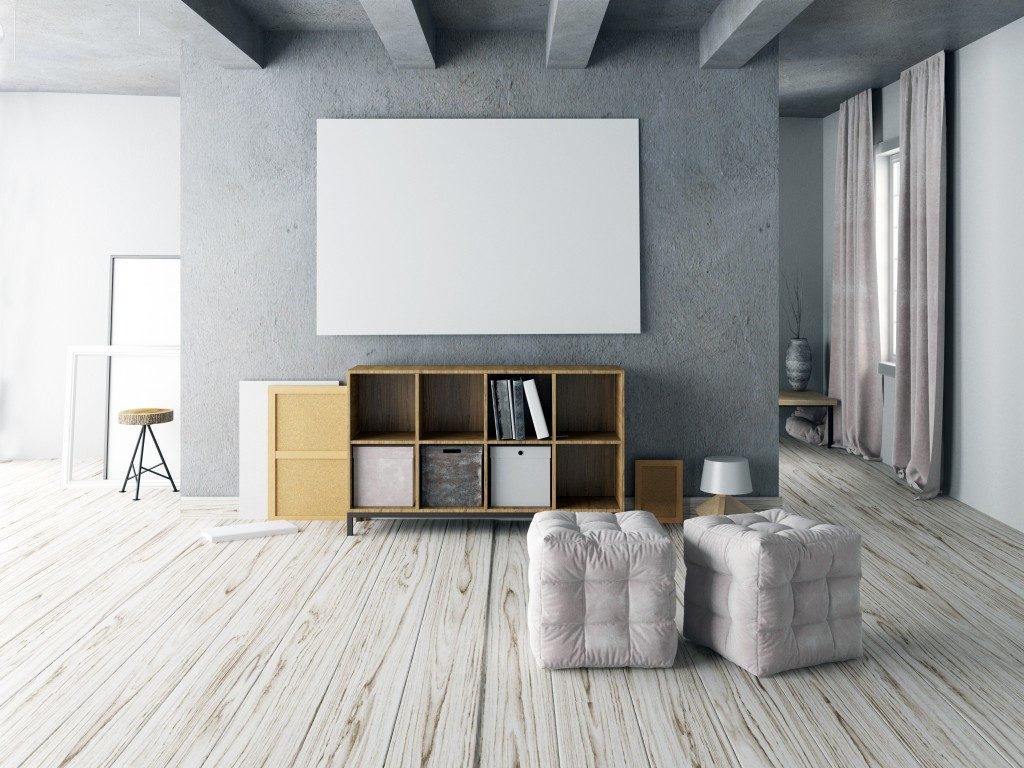A growing family may find themselves looking for more room in the house or flat they’ve owned or leased. Rather than go through the trouble of looking for a new home, however, homeowners can also consider looking at new places within their existing homes to expand. With a little work, a sufficiently large loft space found in attics can provide homeowners with plenty of additional space for an extra room for prices significantly less than purchasing a new home.
Deciding to plan a new room based on loft space takes careful planning and measurement to ensure that the new space is not only up to code but also sufficient to meet your family’s intended needs. Suburban homes in Sussex and many other parts of England make great candidates for loft conversions. Local building codes often allow additions to be built within the properties based on allowances for permitted development. Other homes, meanwhile, may require additional clearance, especially around conservation areas.
The nature of the surrounding homes can often give you a clue on whether your house has what it takes. If your neighbours with similar houses have had conversions done to their own loft spaces, it may be possible to have one done in your home as well.
Before building
First among the important considerations in loft conversions is headroom and roof types. The roof should be tall enough to accommodate the space needed to fit adults in and have adequate vertical clearance to accommodate grown adults. The shape of the roof also dictates how much space you can potentially gain from the loft. Places to add skylights and dormers are useful in converting attics to lofts. Homes with high ceilings and attics, meanwhile, may accommodate mezzanine floors. Especially daring loft renovations can transform the entire gabled attic space into a mansard roof, providing adequate space for a regularly shaped room.
Adequate support from the ground must be given as a provision for potentially heavy furniture items.

There should also be adequate room for access stairs. For many smaller, tighter spaces, the best bets would be spiral staircases, although full flights of stairs can be incorporated into larger areas. To
Finally, the attic space should be completely sealed off with adequate insulation. Attic spaces are traditionally very draughty places and making sure everything is sealed tight will not only make the new space feel liveable but also lower the costs of heating and cooling throughout the house.
Ideas
Attic spaces renovated into lofts can be repurposed into a variety of rooms. Some of the first ideas for a loft conversion include bedrooms, an essential addition for those in the family way and a unique feature for those who want to entertain guests who stay over. A sufficiently large loft space can house one, perhaps two beds, which can increase the capacity of the home considerably.
An ample enough attic space may even allow for multiple rooms. Careful planning can enable the new loft spaces to accommodate water closets, wardrobes, and other storage areas.
Lounge spaces can also be built on renovated loft areas; these could be additional areas of the home for or be personalised a place you can call your own. A spacious enough loft can be converted into an office, a game room, or a library, depending on your tastes and whims. The sloping nature of many loft walls—usually seen as a challenge—can be used to this advantage, creating alcoves for beds, seats, and storage spaces.

